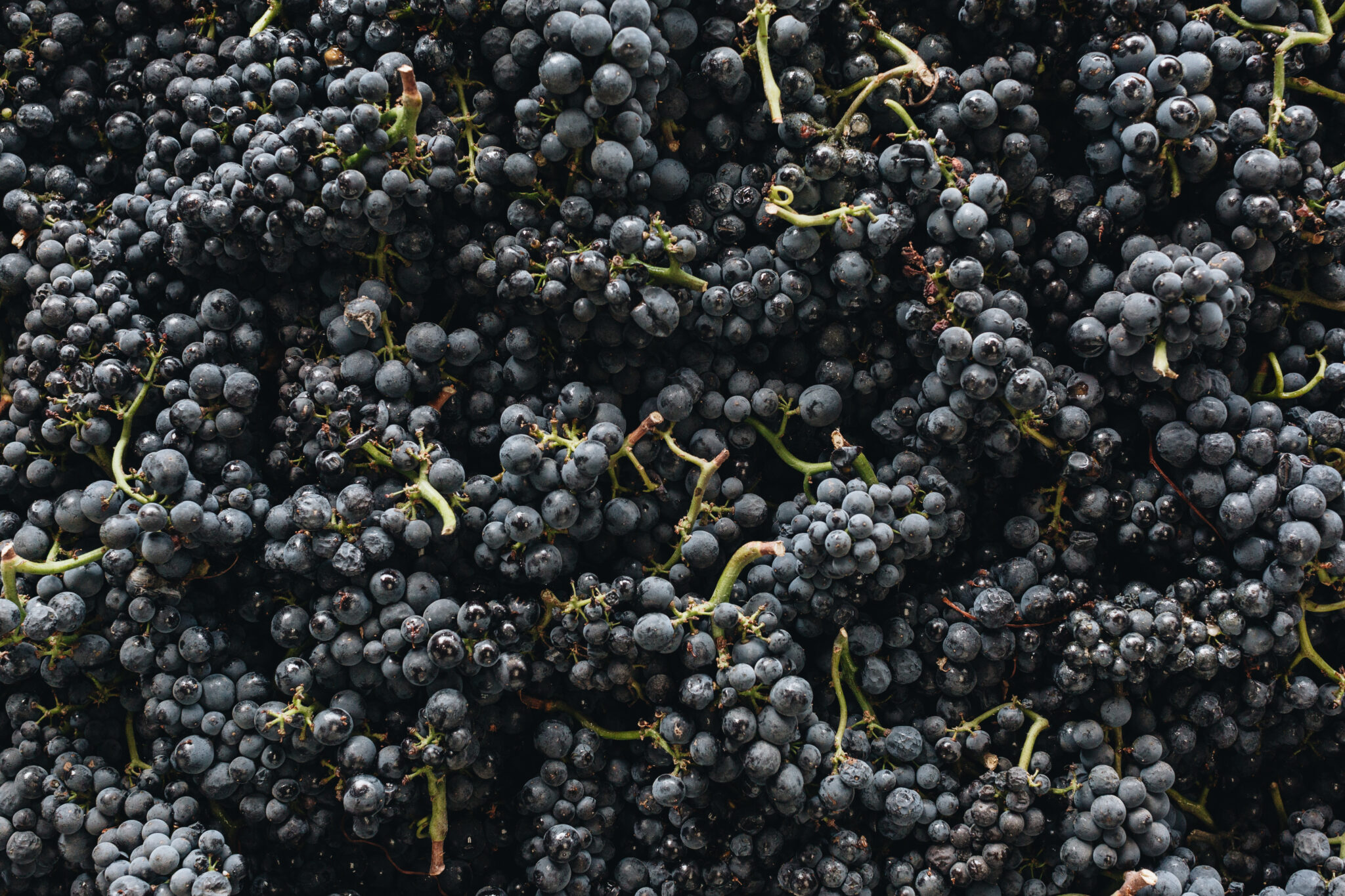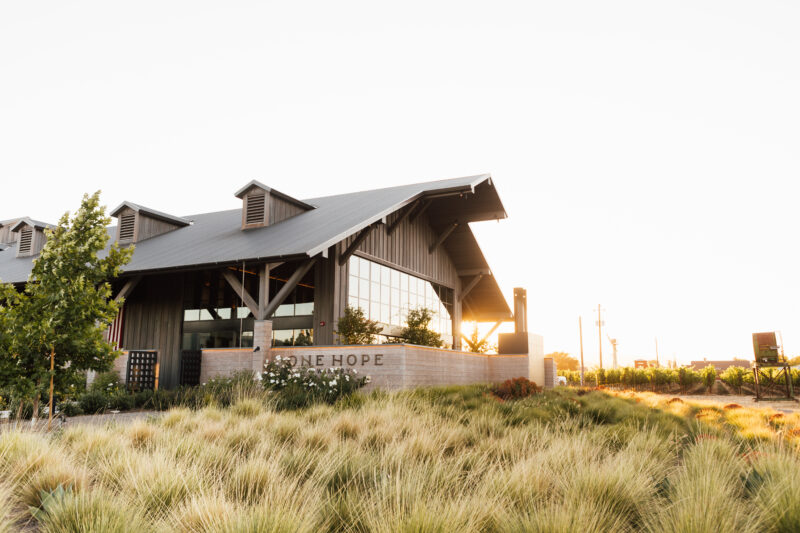Sparkling Rosé Wine Education: How It’s Made & What Makes It Special

With its signature pink hue and lively bubbles, sparkling rosé is more than just a pretty pour—it’s a wine that tells a story in every sip. Its vibrant color, fine bubbles, and refreshing taste make it a favorite among wine lovers and lifestyle enthusiasts alike. But how is sparkling rosé actually made—especially in California?
In this post, we’ll take you behind the bubbles to explore how California sparkling rosé is crafted, including the grapes used (like Pinot Noir, Chardonnay, and Moscato), fun facts for wine enthusiasts, and why this blush-hued bubbly deserves a place at your table. Whether you’re planning a brunch, a celebration, or simply curious about the winemaking process, this guide has you covered.
What Is Sparkling Rosé?
Sparkling rosé is a style of bubbly wine made with red and white grapes, often showing a beautiful pink hue and bright, fruit-forward flavors. Don’t let its festive appearance fool you—sparkling rosé demands the same level of artistry as any fine wine.
Our California sparkling rosé combines craftsmanship with a modern twist, bringing you a wine that’s as meaningful as it is delicious—every bottle at ONEHOPE gives back to a cause of your choice.
How California Sparkling Rosé Is Made
The Charmat Method: Bright and Fresh
In California, most sparkling rosé—including ours—is made using the Charmat Method (also called the Tank Method). This means the second fermentation, which creates the wine’s signature bubbles, happens in a large, pressurized stainless steel tank rather than inside the bottle.
This method preserves the wine’s fresh, fruity characteristics—ideal for a vibrant, easy-drinking style of sparkling rosé.
The Grapes Behind the Glass
California’s sparkling rosé often blends well-known and lesser-known grape varieties. For this wine, we use a custom blend for complexity and drinkability, featuring:
- Pinot Noir: Adds structure, red berry flavors, and that beautiful blush hue.
- Chardonnay: Brings brightness, balance, and elegant citrus notes.
- Moscato: Offers floral aromatics and a hint of natural sweetness.

Sparkling Rosé vs. Other Sparkling Wines: What’s the Difference?
Sparkling rosé isn’t a single style—it’s a category that spans multiple regions, grape blends, and production methods. From California to Champagne, winemakers around the world craft rosé bubbles in their own unique way. Here’s how sparkling rosé compares across three major styles:
Sparkling Rosé (California Style)
California sparkling rosé, like ONEHOPE’s, is often made using the Charmat method, which preserves fresh fruit character and bright aromatics. Grapes like Pinot Noir, Chardonnay, and Moscato are commonly used to achieve balance, flavor, and elegance.
What to Expect:
- Juicy red berry flavors
- Floral and citrus notes
- A dry, refreshing finish with playful bubbles
Rosé Champagne
Yes—Champagne can be a sparkling rosé. Rosé Champagne is made in the Champagne region of France using the traditional method (Méthode Champenoise). It typically includes Pinot Noir, Chardonnay, and Pinot Meunier grapes, with color and flavor coming from either skin contact or the blending of red and white wines.
What Sets It Apart:
- Finer, more persistent bubbles
- Complex notes of brioche, toast, and minerality
- Usually more expensive due to aging and regional prestige
Rosé Prosecco
Rosé Prosecco became officially recognized in 2020. It must be made from a blend of Glera (the main prosecco grape) and Pinot Noir, using the Charmat method. Compared to California sparkling rosé, it tends to be a touch sweeter and more floral.
What to Expect:
- Light strawberry and peach notes
- Softer acidity and bubbles
- A slightly off-dry, approachable style
In short: Sparkling rosé isn’t limited to one region or technique—it’s a vibrant category that reflects the terroir, grapes, and winemaking style behind it. Whether it’s a California bottle like ONEHOPE’s, a French Champagne, or an Italian Prosecco, there’s a sparkling rosé for every palate.

Fun Facts About Sparkling Rosé
Here are some quick, delightful facts to share at your next wine night:
- It’s not always sweet. Most sparkling rosés are actually dry or off-dry (Brut or Extra Dry), despite their fruity flavors and pretty appearance.
- It’s a power couple in a glass. Pinot Noir and Chardonnay are iconic grapes used in world-class sparkling wines—including Champagne.
- Moscato makes it playful. The floral notes in Moscato add a unique twist to California sparkling rosé, setting it apart from traditional styles.
- Pairs with everything. From fried chicken to sushi to berry desserts, sparkling rosé is a surprisingly versatile wine for food pairings.
- It’s not just a summer wine. Thanks to its acidity and balance, you can enjoy sparkling rosé year-round—from holiday dinners to cozy nights in.
Sparkling rosé isn’t just pretty—it’s purposeful. From the Charmat method to the blend of grapes like Pinot Noir, Chardonnay, and Moscato, each element plays a role in creating a fresh, elegant wine that fits any occasion.
Ready to pour with purpose? Explore ONEHOPE’s Sparkling Rosé and experience the perfect blend of flavor and impact.
Shop our Sparkling Rosé now and toast to something bigger. While you’re at it, check out our limited edition etched shimmer designs, like “I Love You More Than Wine,” “Let’s Go Girls,” and “Main Character Energy”—perfect for making every moment sparkle. Limited quantities available—don’t miss your chance to sip, savor, and give back with every bottle.



No comment yet, add your voice below!